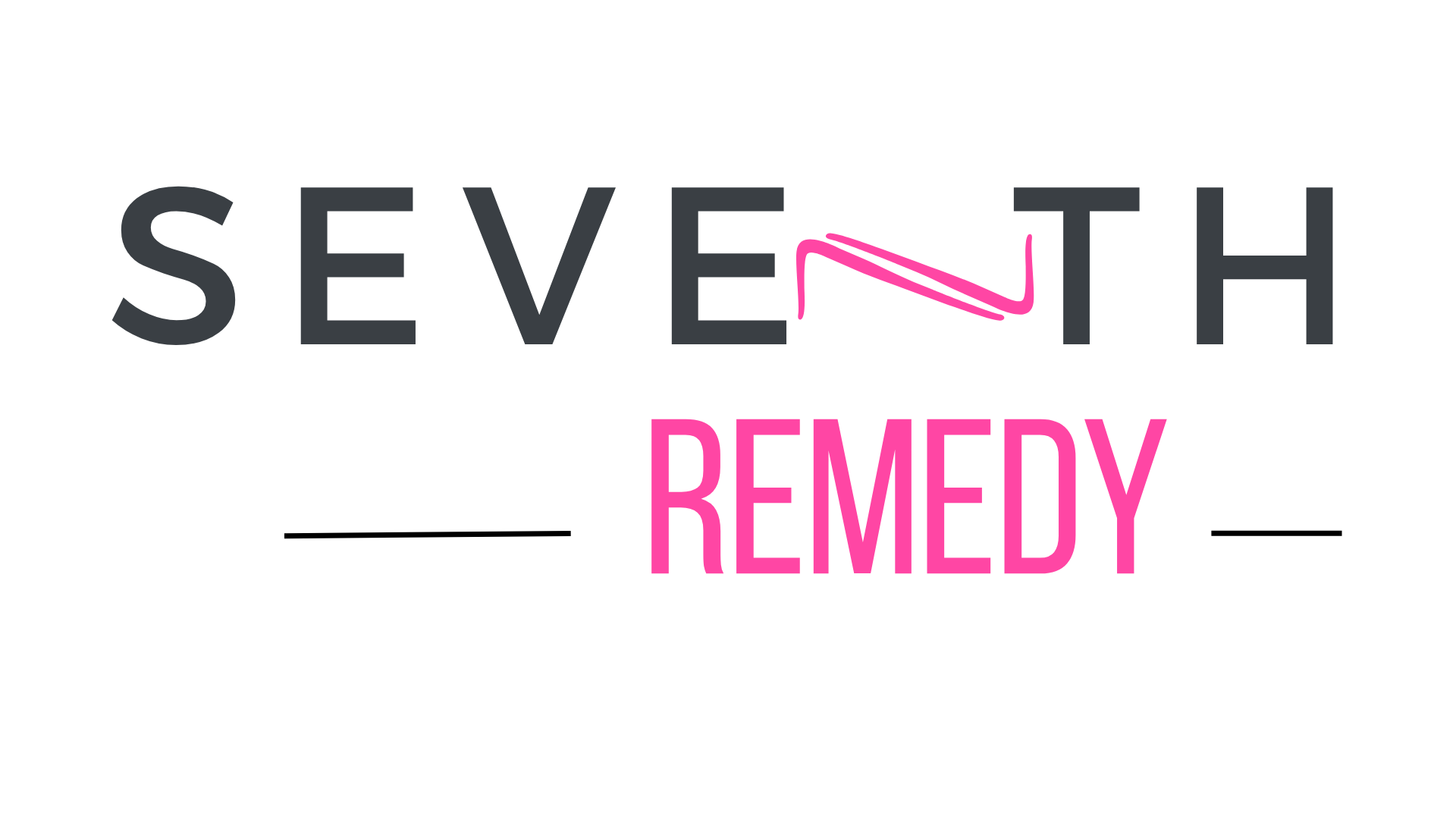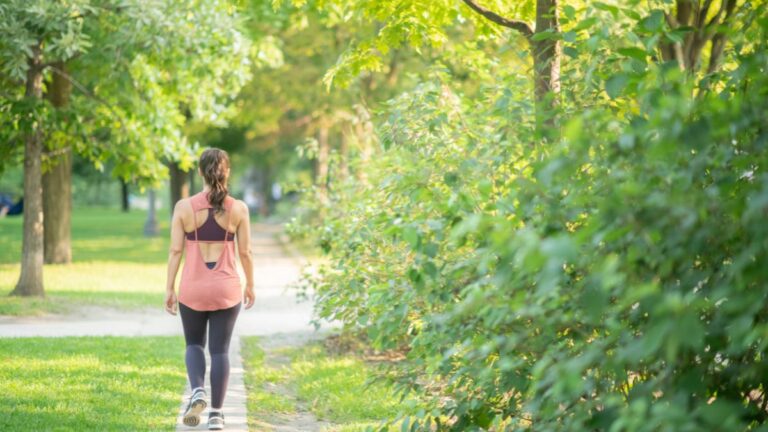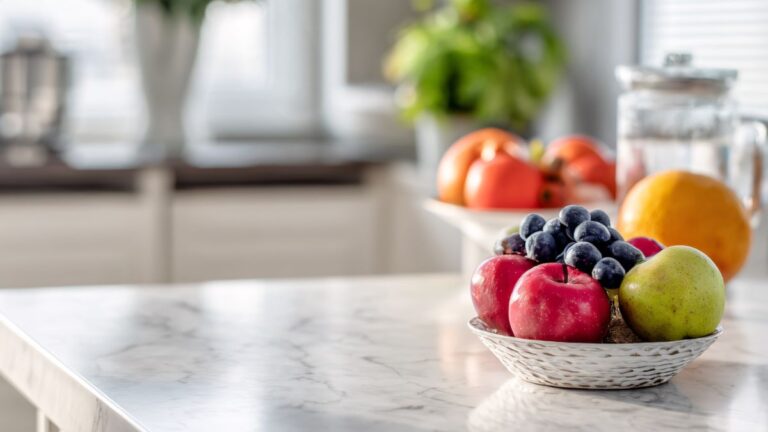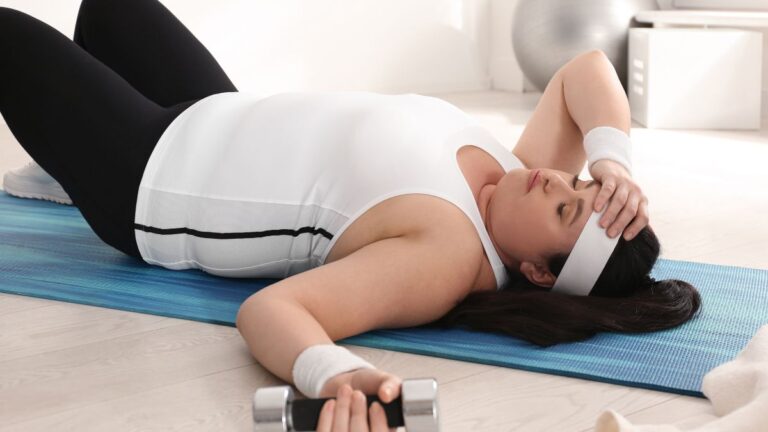How Your Environment Shapes Your Fitness and Nutrition Goals
Starting a fitness routine or healthy eating plan usually feels like a personal decision. But if you live with a partner, kids, parents, or roommates, your surroundings and the people in them can have more influence than you realize.
Behavioral psychology shows that your environment is one of the biggest “secret helpers” or “hidden blockers” for changing routines or habits, especially with fitness and nutrition1.
How Habits Form in Your Environment
When you do something again and again in the same setting, your brain starts linking that behavior with cues in that place. For example:
- You always grab a bag of chips when watching TV at night, so your brain connects TV time with eating chips.
- If you always tie your sneakers by the front door and then go for a walk after dinner, seeing the sneakers reminds you to move.
Your brain likes shortcuts, so it creates “automatic actions2” based on where you are and what’s around. These automatic actions become habits. You do them without thinking much. It’s why sometimes even when you want to change (like eat healthier or exercise more), you end up following old patterns just because your environment triggers those habits.
The People You Live with Matter More Than You Think
Everyday habits are contagious. Research shows we naturally mirror the people around us (this starts in childhood with our caretakers).
- Shared routines: If the people you live with stay up late, order takeout every day, or hardly move, those patterns and behaviors can become yours too.
- Comments and attitudes: Supportive words and actions are motivating. But comments like “just skip the workout for today” or “one more slice won’t hurt” can mess with your consistency.
- Barriers: Busy schedules or shared spaces might make workouts more challenging to fit in unless they’re planned.
Your Kitchen Sets the Stage
What you see is what you eat. Visual cues matter more than willpower.
- Counter clutter: Bowls of chips or cookies signal snack time all day.
- Colorful fruits: Bright, natural colors catch your eye and remind your brain of sweetness and freshness. It’s a built-in reward signal, a cue that what you’re about to eat will taste good and feel good after.
- Fridge setup: Prepped veggies and protein at eye level make healthy choices an easy grab.
- Serving habits: Large plates and open bags invite overeating without realizing it. Use smaller plates or bowls to stay aware.
Quick kitchen wins:
- Place ready-to-eat vegetables in clear containers at eye level.
- Put fruit in pretty bowls on the kitchen counter.
- Store sweets and processed snacks out of reach.
- Keep water and sparkling water chilled and visible.
These small shifts make balanced and healthier choices almost automatic.
Your Home Layout Affects Movement
Your space can either invite or discourage movement, so making these practical tweaks in your environment can be powerful3:
- If you need to move furniture every time you want to exercise, you’re less likely to do it. Set up a small “movement corner” with a mat, dumbbells, or bands. Even a space just a little larger than your mat gives you room to reach, stretch, and move freely. You don’t need a full gym, just a spot that’s always ready for you.
- Lay out your cute workout clothes and sneakers the night before, making it easier to get moving in the morning or after work.
- Set a phone alarm to remind you to stand up and stretch every 30 minutes when you watch TV to sneak in movement during shows.
- Place a water bottle on your desk to remind you to drink more water throughout the day.
- Think about getting a standing desk for work if that is an option.
The more your environment “matches” your goals, the less you’ll need to rely on willpower4. These micro-environments add up to more natural movement without extra time or too much effort.
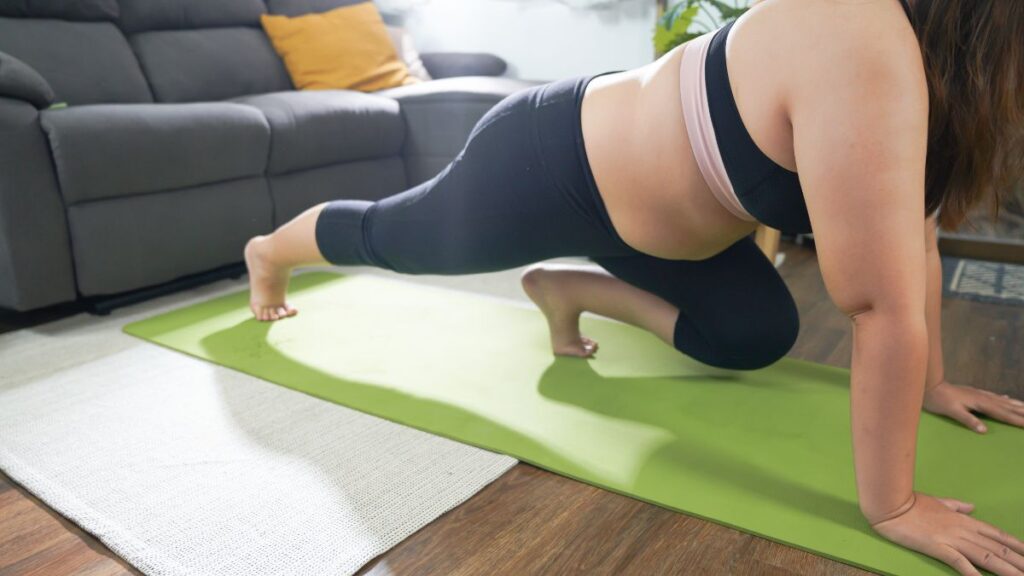
Social Circles Extend Beyond Home
Even if you live alone or have prepped your home environment, your friends, co-workers, and online communities can still shape your habits. For example:
- Social norms: Friends who meet for coffee walks or share nutritious recipes create a culture of health. Others might normalize skipping workouts or overeating.
- Support systems: A text from a workout buddy or a trainer can provide accountability even from miles away.
Build a network:
- Find a live virtual workout group or sign up for live one-on-one Zoom training to feel connected without leaving home.
- Share your wins and challenges with a small, trusted circle instead of broadcasting them to everyone.
Mental Environment Counts, Too
It’s not physical space; the emotional tone and vibe of your surroundings matter.
- Stress and clutter: Constant noise or mess can increase stress hormones, which influence hunger and energy levels.
- Boundaries: Without them, work emails or family demands can cut into movement and meal prep time.
Handling Sabotage or Negative Reactions
Unintentional or intentional sabotage is common when others feel threatened by your changes.
- Stay calm, focused, and firm if someone tempts, mocks, or pressures you. Just repeat your boundaries and thank them for caring about you.
- Remember, their reaction most likely has nothing to do with you; it might be about their own feelings or habits.
- Refocus on self-care and personal motivation when faced with resistance, so you don’t take it personally.
Final Takeaway
Your environment plays an active role in your fitness and nutrition goals. Small, steady changes like reorganizing your kitchen, creating a workout spot, or setting simple boundaries stack up fast.
When your space begins to support you, you’ll feel how much easier it is to stay consistent.
Resource
- How Your Environment Shapes Your Habits https://www.psychologytoday.com/us/blog/parenting-from-a-neuroscience-perspective/202503/how-your-environment-shapes-your-habits ↩︎
- Linder N, Giusti M, Samuelsson K, Barthel S. Pro-environmental habits: An underexplored research agenda in sustainability science. Ambio. 2022 Mar;51(3):546-556. doi: 10.1007/s13280-021-01619-6. Epub 2021 Sep 14. PMID: 34519955; PMCID: PMC8800991. https://pmc.ncbi.nlm.nih.gov/articles/PMC8800991/ ↩︎
- Fruh S, Williams S, Hayes K, Hauff C, Hudson GM, Sittig S, Graves RJ, Hall H, Barinas J. A practical approach to obesity prevention: Healthy home habits. J Am Assoc Nurse Pract. 2021 Jan 27;33(11):1055-1065. doi: 10.1097/JXX.0000000000000556. PMID: 33534281; PMCID: PMC8313625. https://pmc.ncbi.nlm.nih.gov/articles/PMC8313625/ ↩︎
- Fruh S, Williams S, Hayes K, Hauff C, Hudson GM, Sittig S, Graves RJ, Hall H, Barinas J. A practical approach to obesity prevention: Healthy home habits. J Am Assoc Nurse Pract. 2021 Jan 27;33(11):1055-1065. doi: 10.1097/JXX.0000000000000556. PMID: 33534281; PMCID: PMC8313625. https://pmc.ncbi.nlm.nih.gov/articles/PMC8313625/ ↩︎
Photo Credits
Woman with Hair Loss by rattanakun
Young Woman with Hair Loss Problem by Africa images
This article is for educational purposes and is not intended to replace medical consultation. Always consult a healthcare professional before making health-related decisions.
Most programs teach exercise.
The Remedy Method retrains how your body communicates: how your brain, muscles, and movement work together again after change.
It blends corrective exercise, Pilates control, and progressive strength in a way that helps your body relearn balance, rebuild strength, and move with confidence again.
If your body feels different and you’re not sure where to start, this is the method designed for exactly that.
